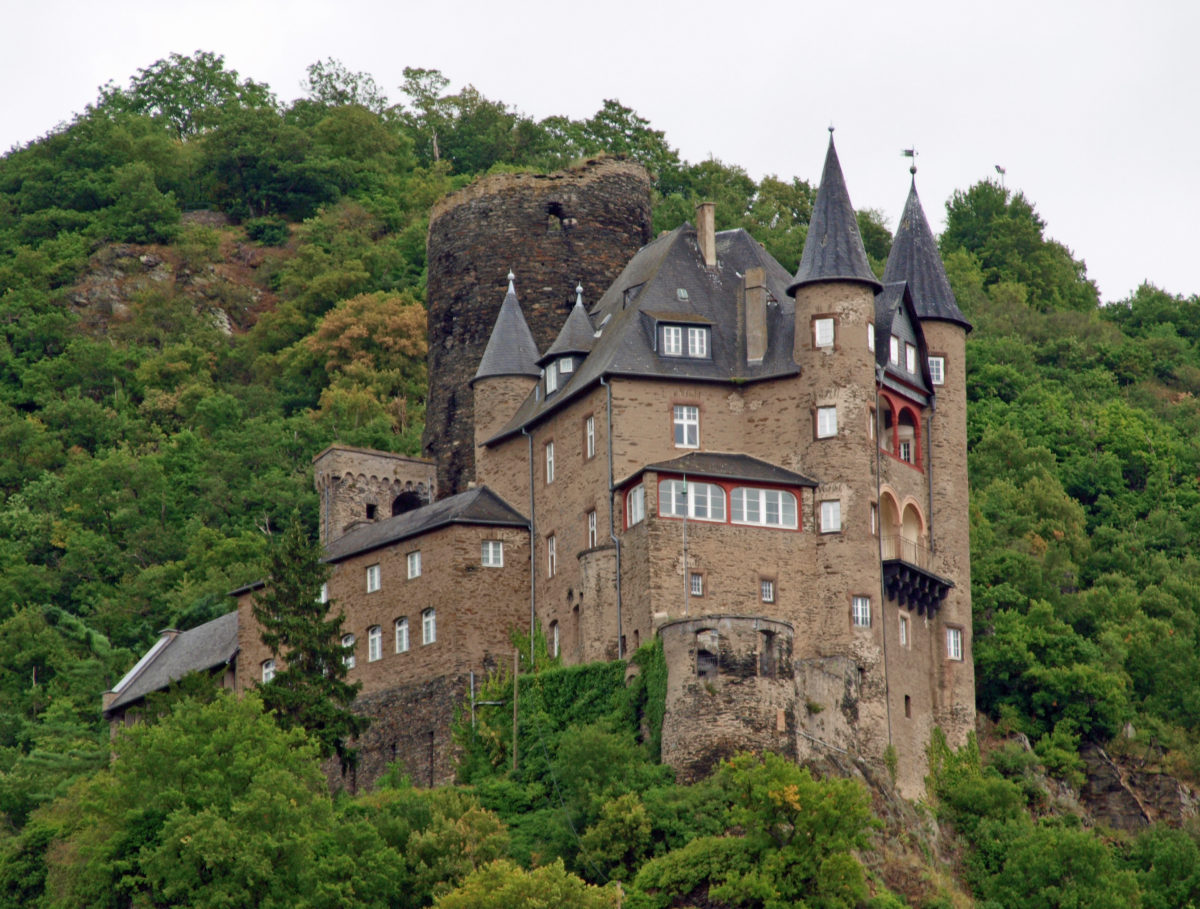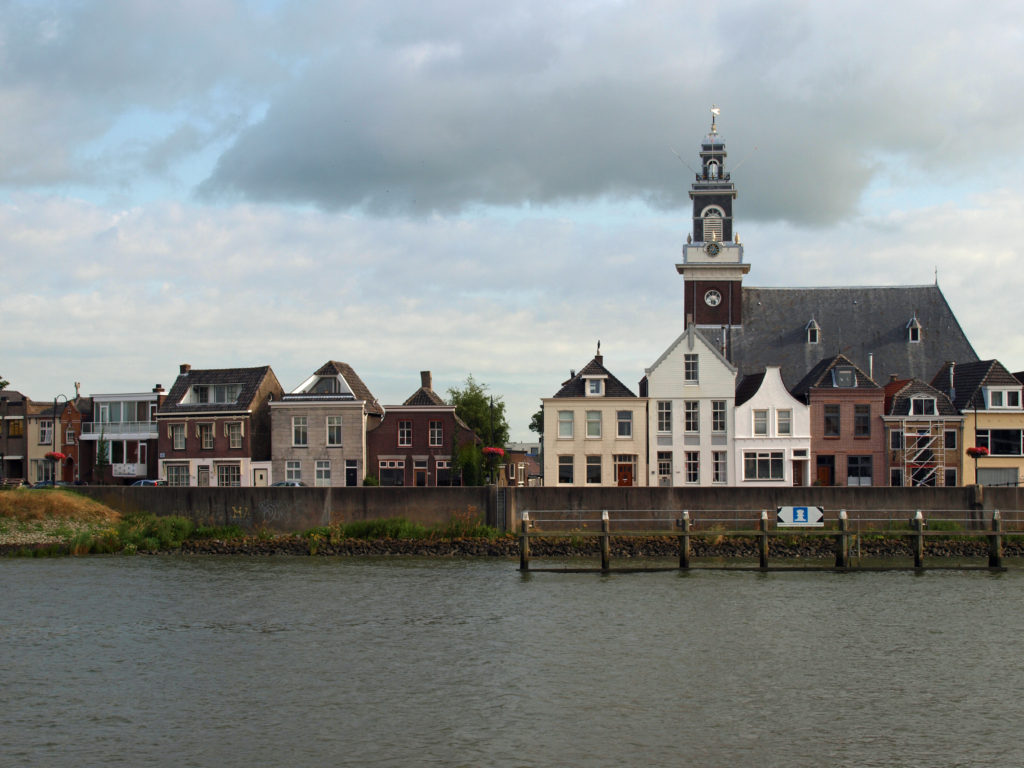
The second and third days of our Rhine River cruise took us to Cologne, then the villages and castles of the Middle Rhine region. After leaving Kinderdijk (see my previous post) on the afternoon of our first full day of cruising, our “longship” navigated its way to the Rhine, and then upstream to Cologne overnight.
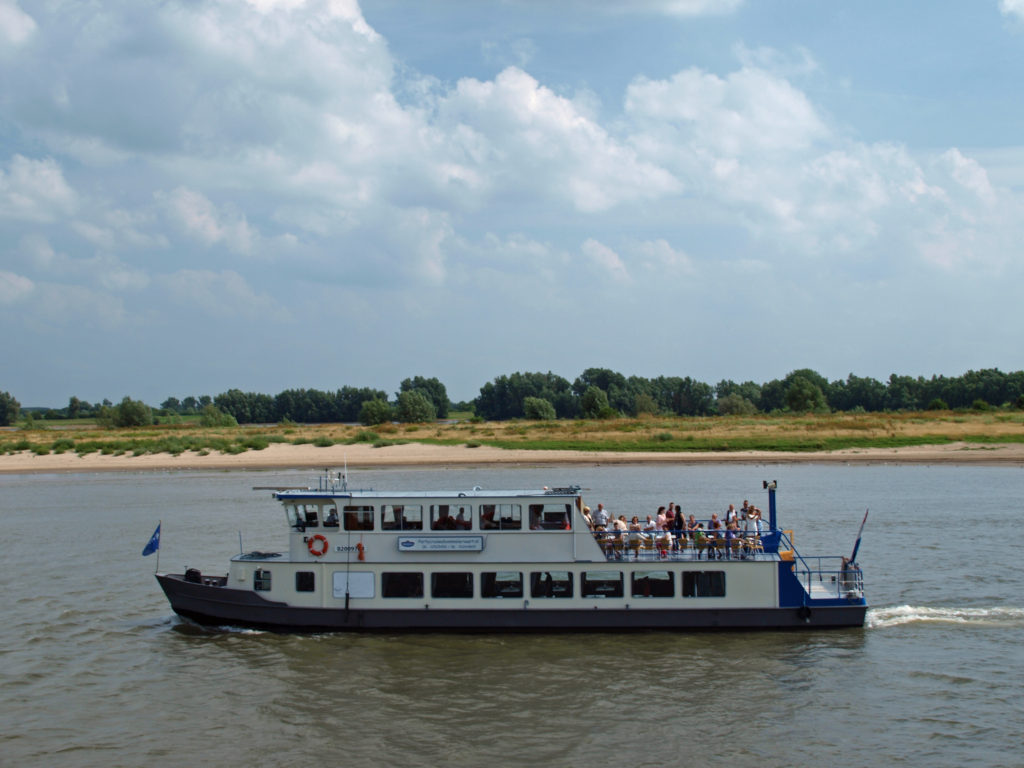
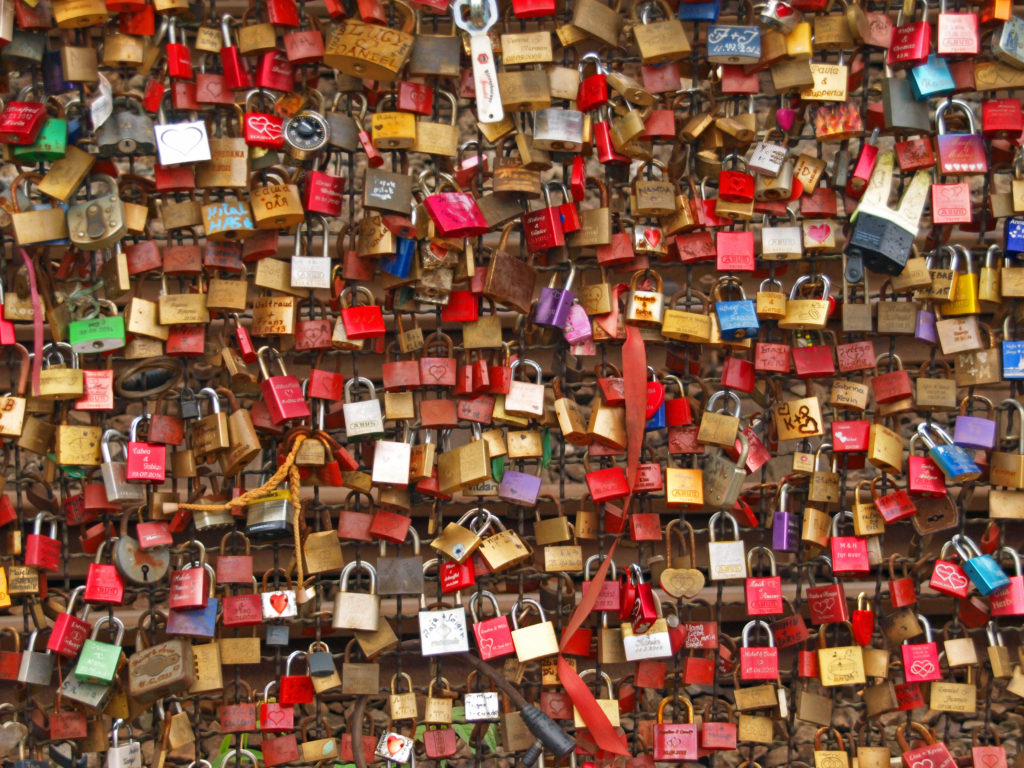
My wife and I took two guided tours on the second day of our cruise. In the morning our guide led a tour of the old historic city center. Normally that includes a tour of the cathedral, but it was Sunday, so tour groups were not allowed in. We had the afternoon to ourselves, though, so we were able to tour it independently later that day – a very impressive structure, one of the largest cathedrals in Europe.
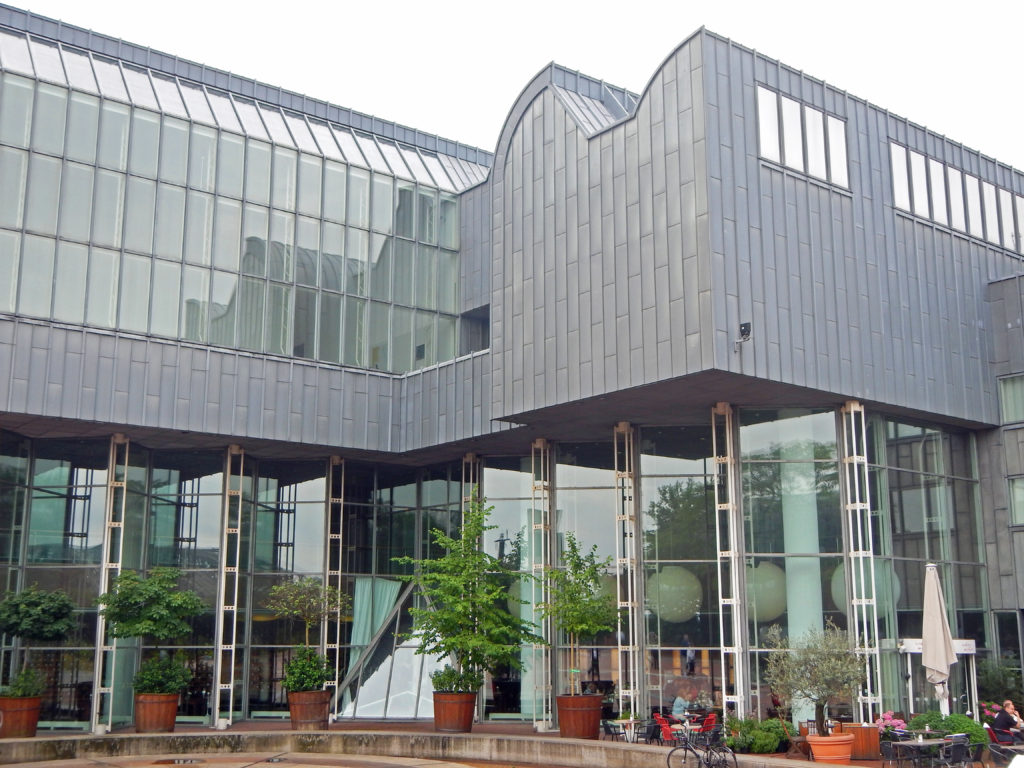
We also spent a good bit of time that afternoon exploring the Museum Ludwig (modern art, including a large collection of Picasso’s), and the nearby Roman-Germanic Museum, which preserves a Roman villa from the third century B.C. that was unearthed during the construction of a bomb shelter in 1941. Both are adjacent to the cathedral. If you’re an art and history buff, those are two places you do not want to miss.
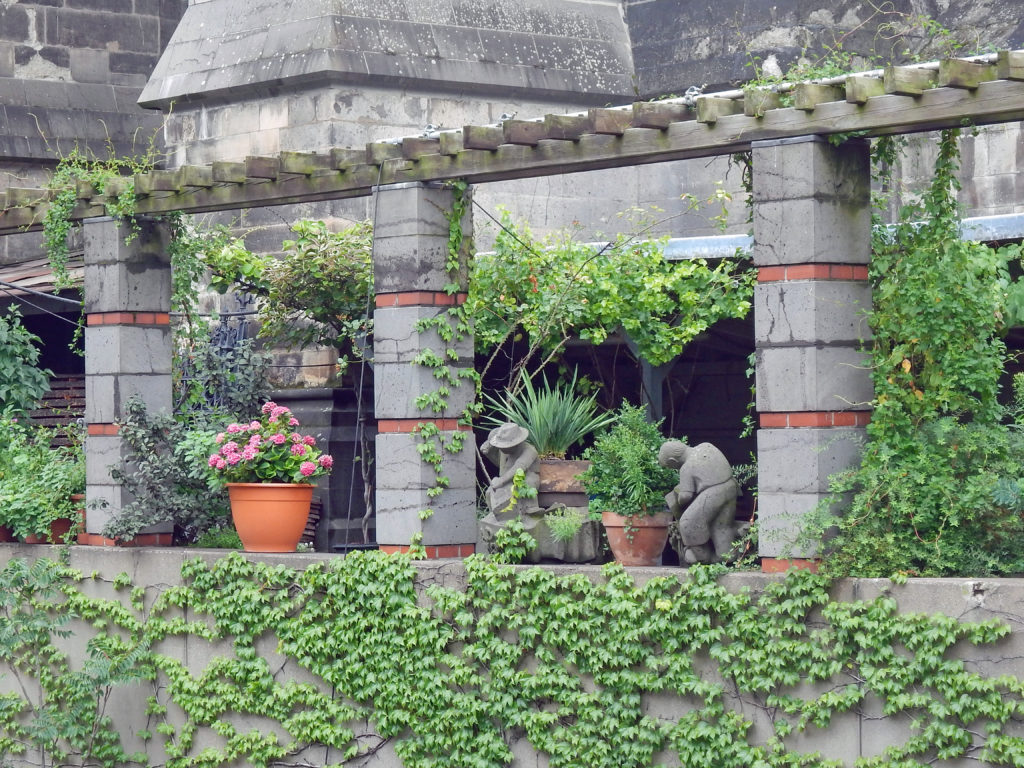
Cologne ( Koln) was founded by the Romans in the fist century A.D. (The Roman name for the city, Colonia Claudia Ara Agrippinensium, was shortened and became Cologne to the French and Koln to the Germans.) The city was heavily bombed during World War II, and 95% of the central city was destroyed. Only the cathedral, city hall, and a few other buildings survived. A lot of the rebuilding was done in a style to match the surviving buildings, so much of what you see when you visit looks old and historic, but is in fact less than 70 years old.
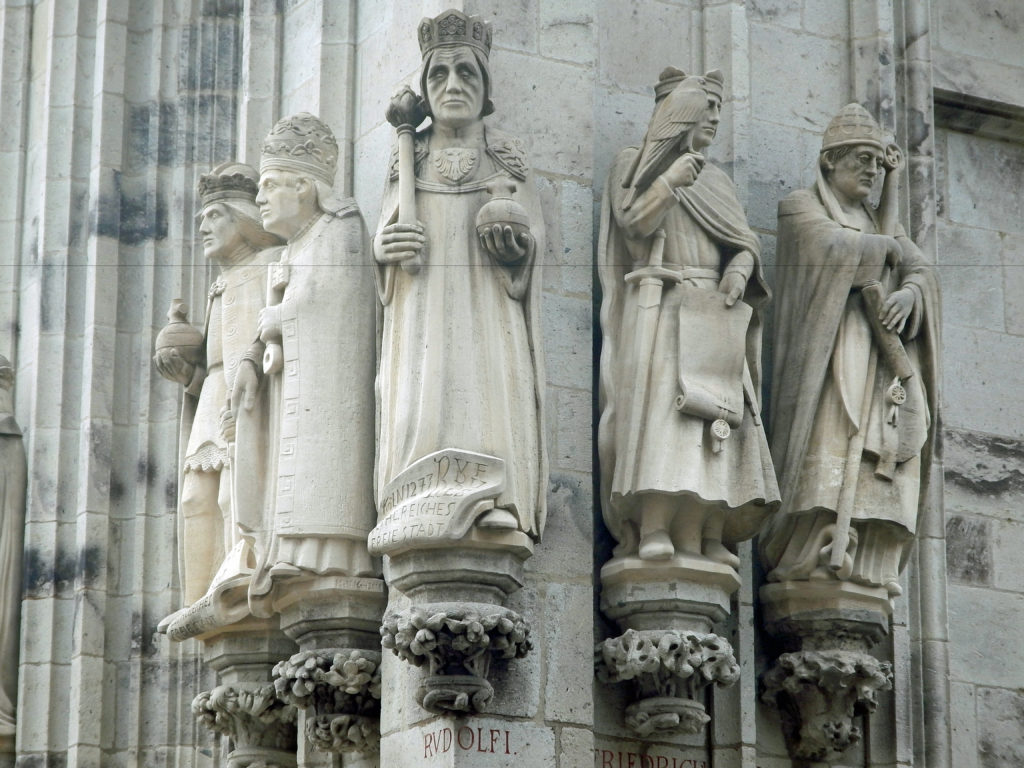
Cologne’s city hall is built on the site of the ancient Roman Praetorium, which was the seat of government of the Roman province of Germania Inferior until 475 A.D. The Praetorium was destroyed in an earthquake in the late eighth century. Cologne municipal government was formed around 1100, and the original city hall building was constructed in the mid-12th century. The current structures date from as early as 1330.
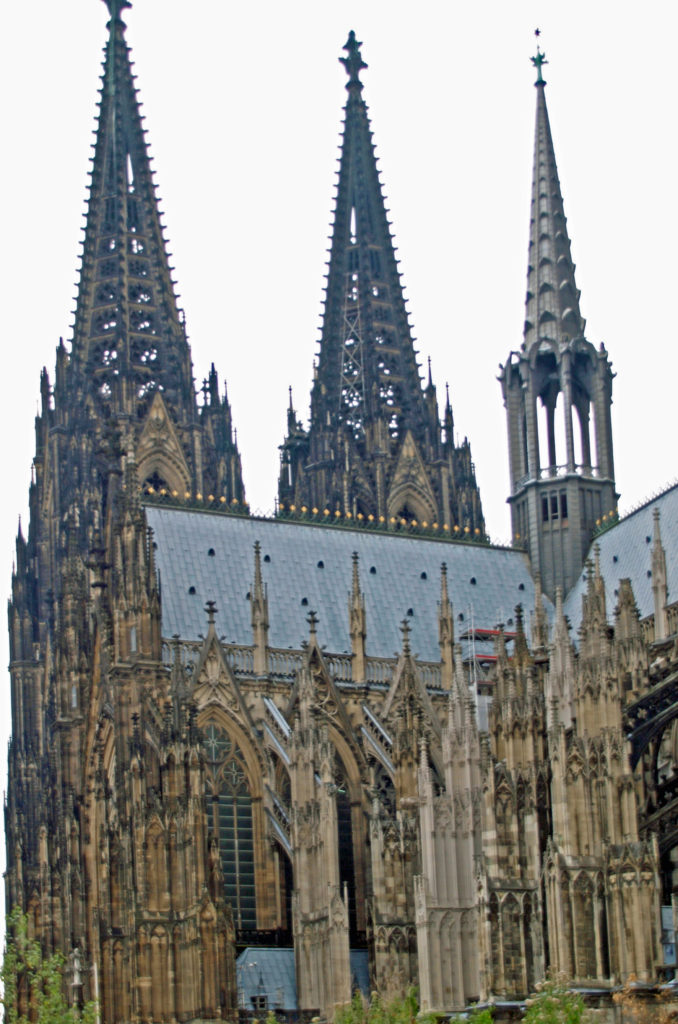
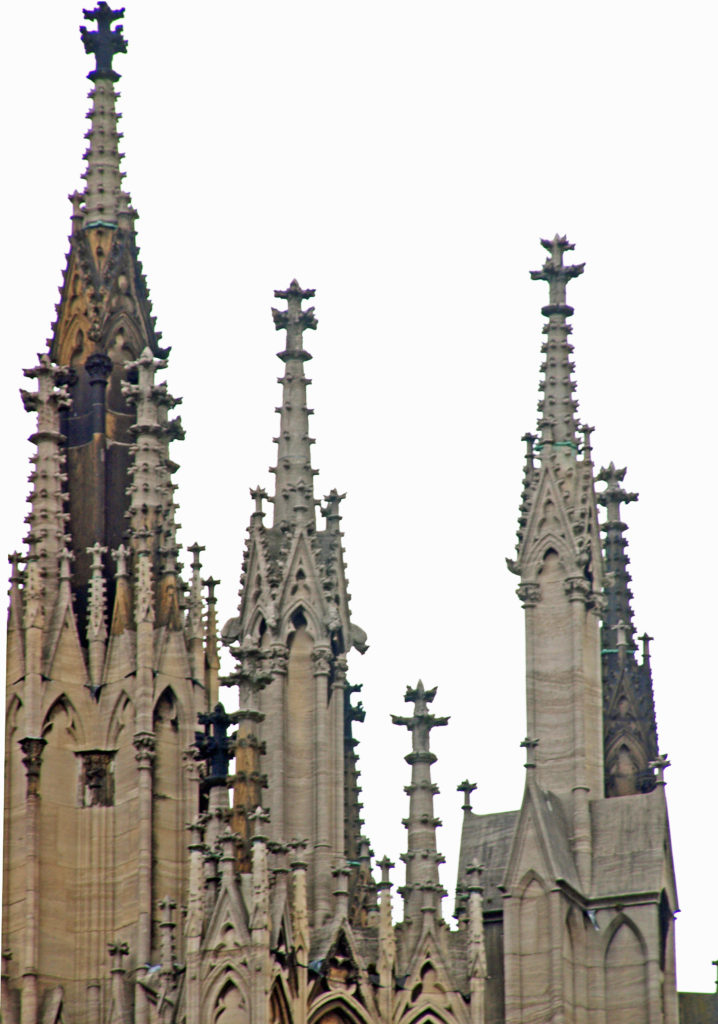
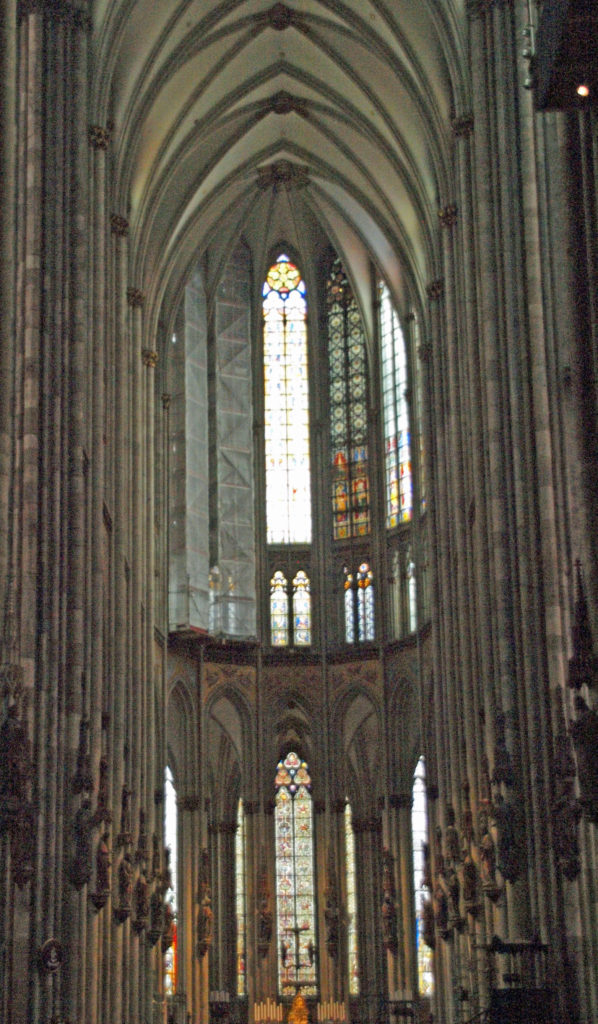 Construction of the Cologne Cathedral began in 1248. In 1478 construction was halted and the cathedral remained unfinished for another 400 years. It wasn’t until 1880 that it was completed to the original medieval plan. The cathedral was damaged by a number of bombing raids in WWII, but remained standing, and repairs were completed in 1956.
Construction of the Cologne Cathedral began in 1248. In 1478 construction was halted and the cathedral remained unfinished for another 400 years. It wasn’t until 1880 that it was completed to the original medieval plan. The cathedral was damaged by a number of bombing raids in WWII, but remained standing, and repairs were completed in 1956.
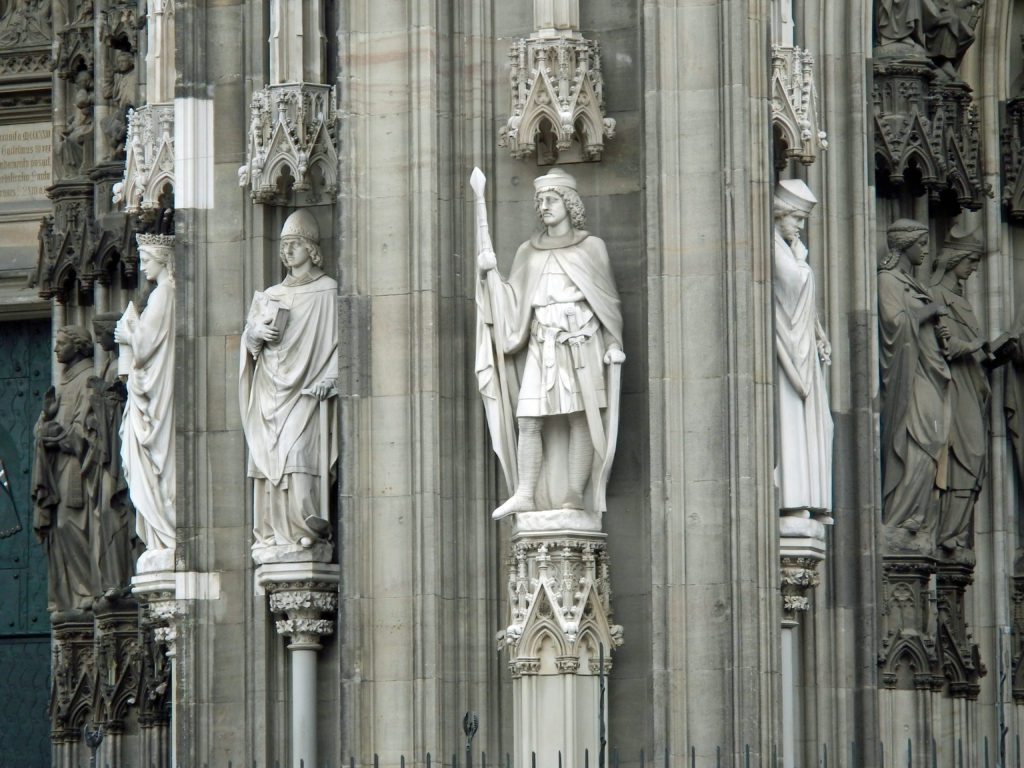
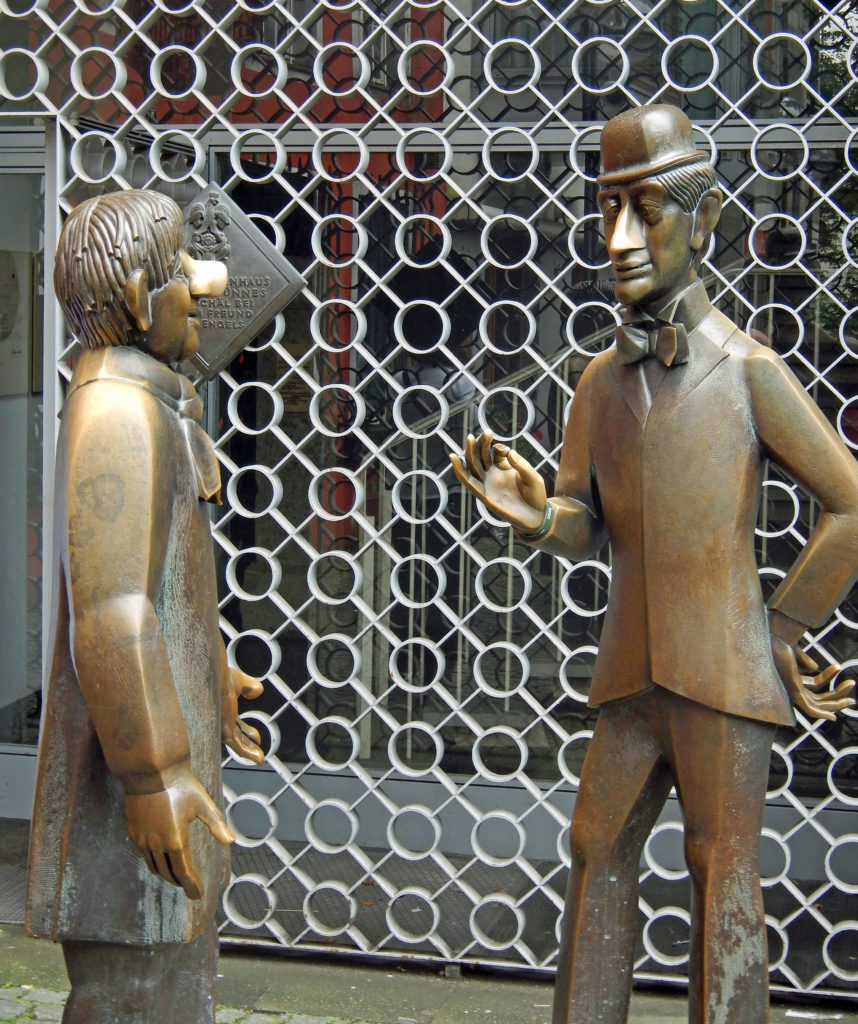 Our second tour in Cologne was an optional pub crawl that evening, led by a local guide. In Cologne each pub has a working agreement with one of the local breweries that produce the local brew, called kolsch. Each pub serves only one brand of kolsch, so to sample a variety of different kolsches, we visited four pubs. Kolsch is served in small seven ounce straight-sided glasses. You never have to order a refill. An empty glass is considered the order and will be refilled without your asking. A coaster placed over the top of the glass is the signal that you do not want a refill. Needless to say, we had a great time, drank our fill of good beer, and the guide managed to get all of us back to the ship before it left that night.
Our second tour in Cologne was an optional pub crawl that evening, led by a local guide. In Cologne each pub has a working agreement with one of the local breweries that produce the local brew, called kolsch. Each pub serves only one brand of kolsch, so to sample a variety of different kolsches, we visited four pubs. Kolsch is served in small seven ounce straight-sided glasses. You never have to order a refill. An empty glass is considered the order and will be refilled without your asking. A coaster placed over the top of the glass is the signal that you do not want a refill. Needless to say, we had a great time, drank our fill of good beer, and the guide managed to get all of us back to the ship before it left that night.
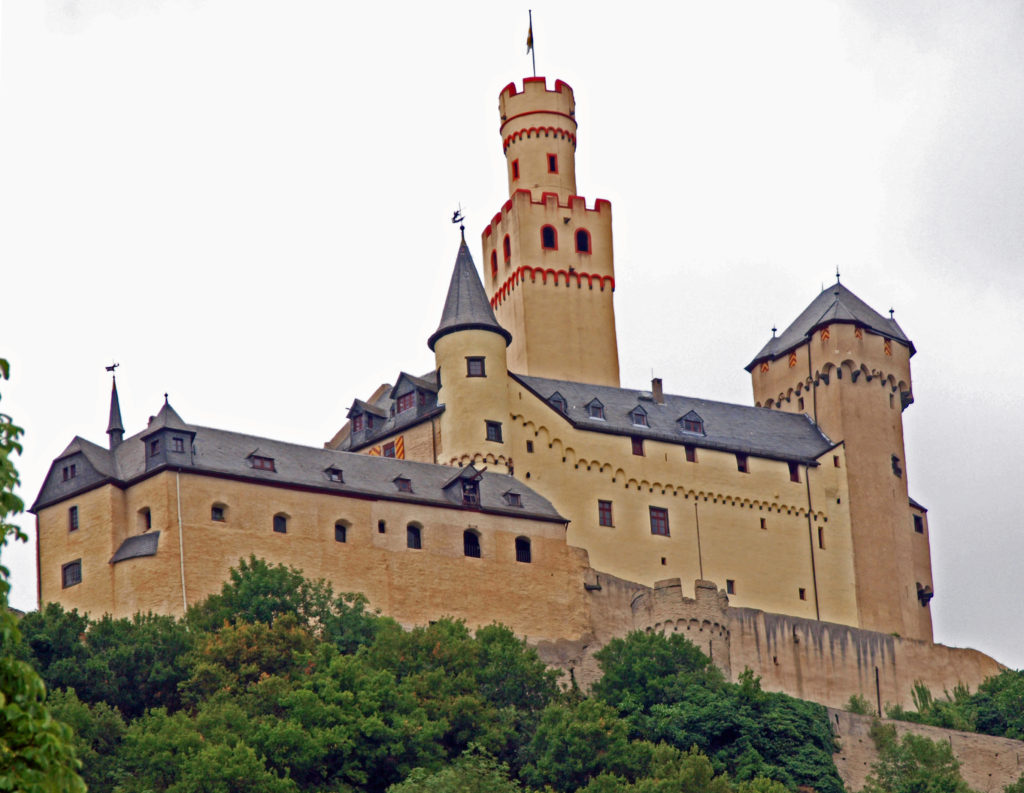
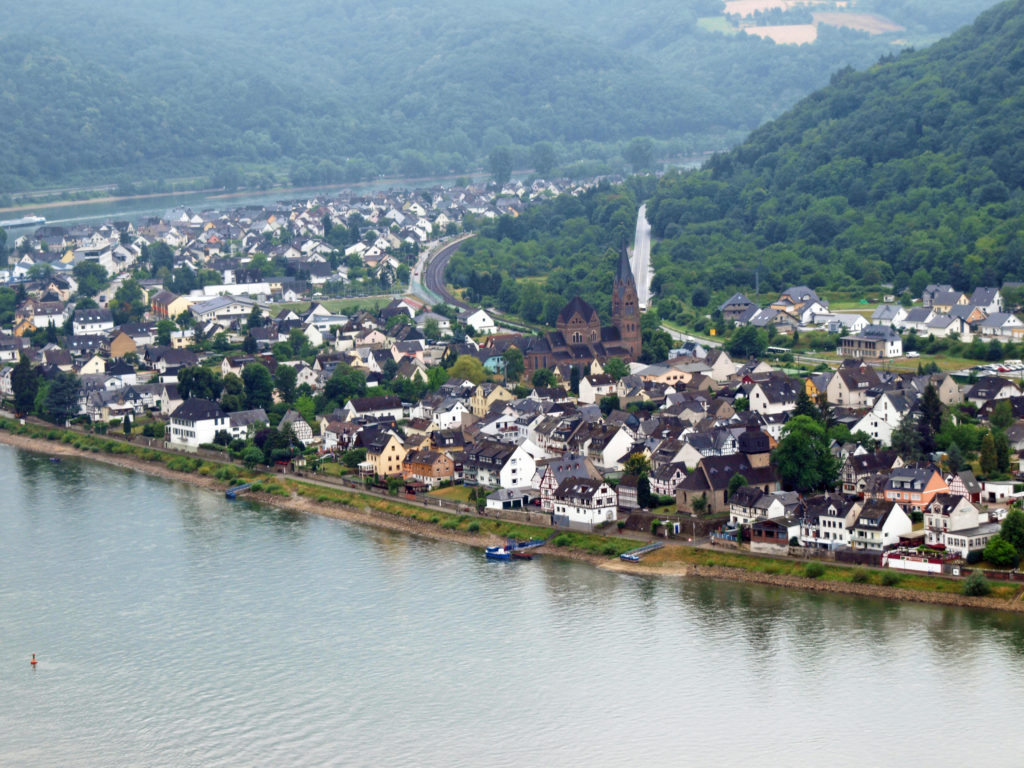
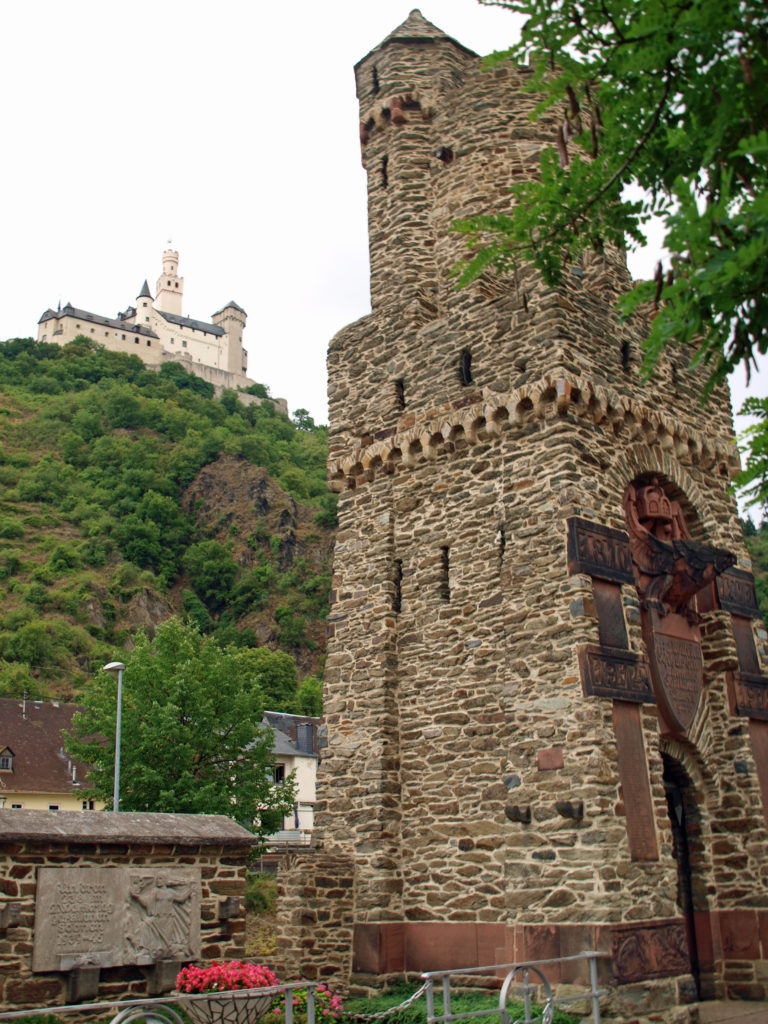
The next morning found us in Koblenz. After breakfast on board, most of us boarded a bus that took us to Marksburg Castle. It’s not the prettiest castle along the Rhine (in my opinion), but it is the most intact. It is the only castle that was never attacked, so you get a better peak at what castle life was like back in the middle ages. Many of its rooms display historically accurate recreations of how they looked and functioned in medieval times. It was all very interesting, but also very crowded.
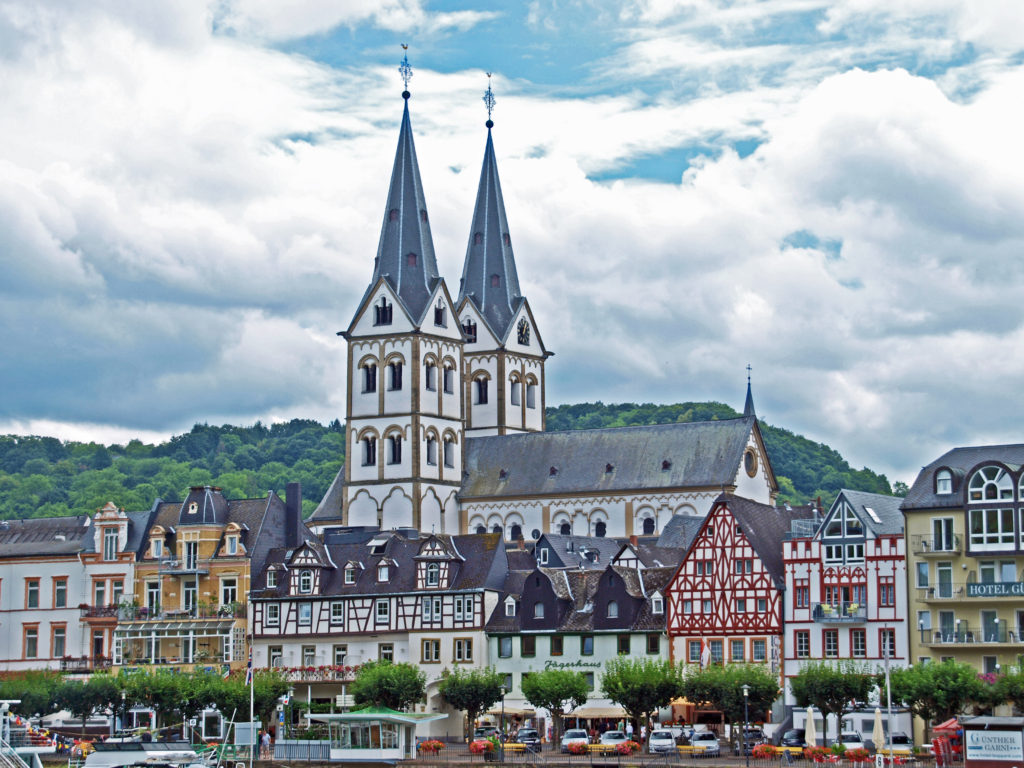
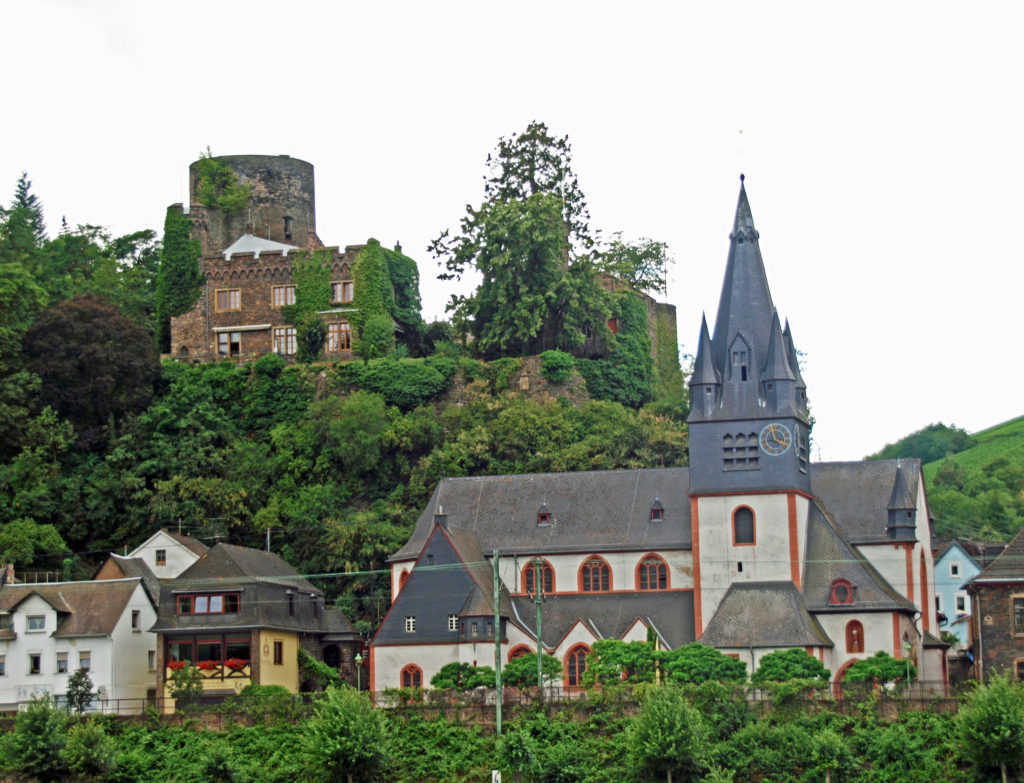
Back on the ship, we spent the afternoon cruising the Middle Rhine Valley (sometimes called the Rhine Gorge), a UNESCO World Heritage Site. Here the Rhine flows through a narrow valley with picturesque villages along the shore and many castles high above the river on the ridges either side.
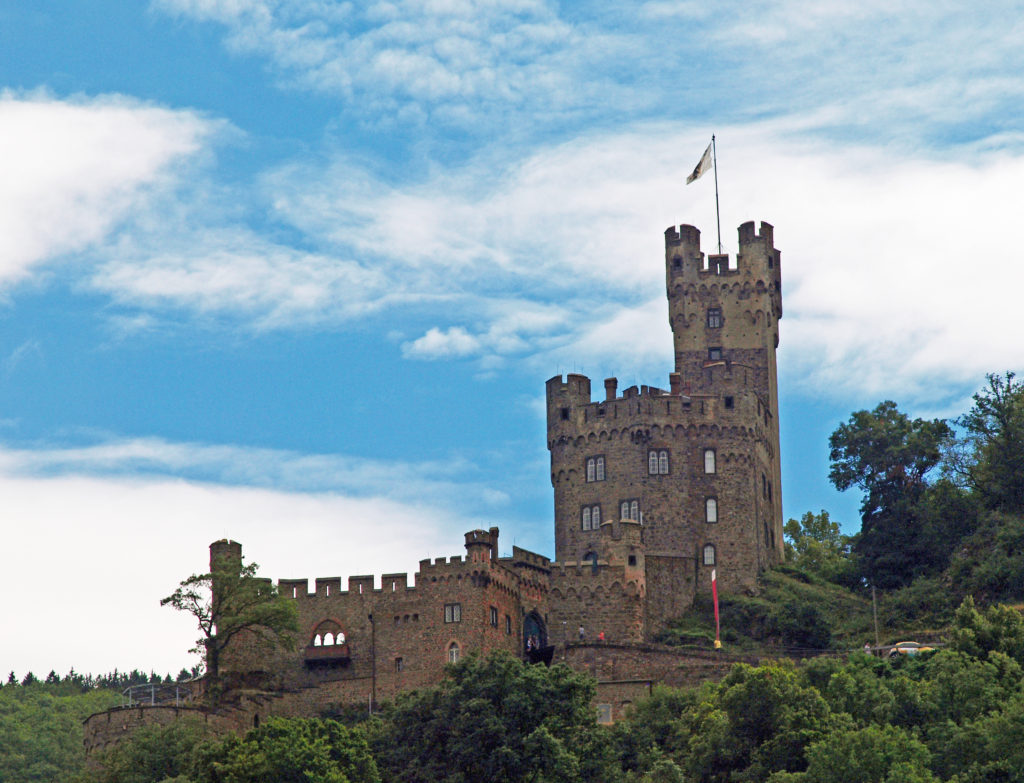
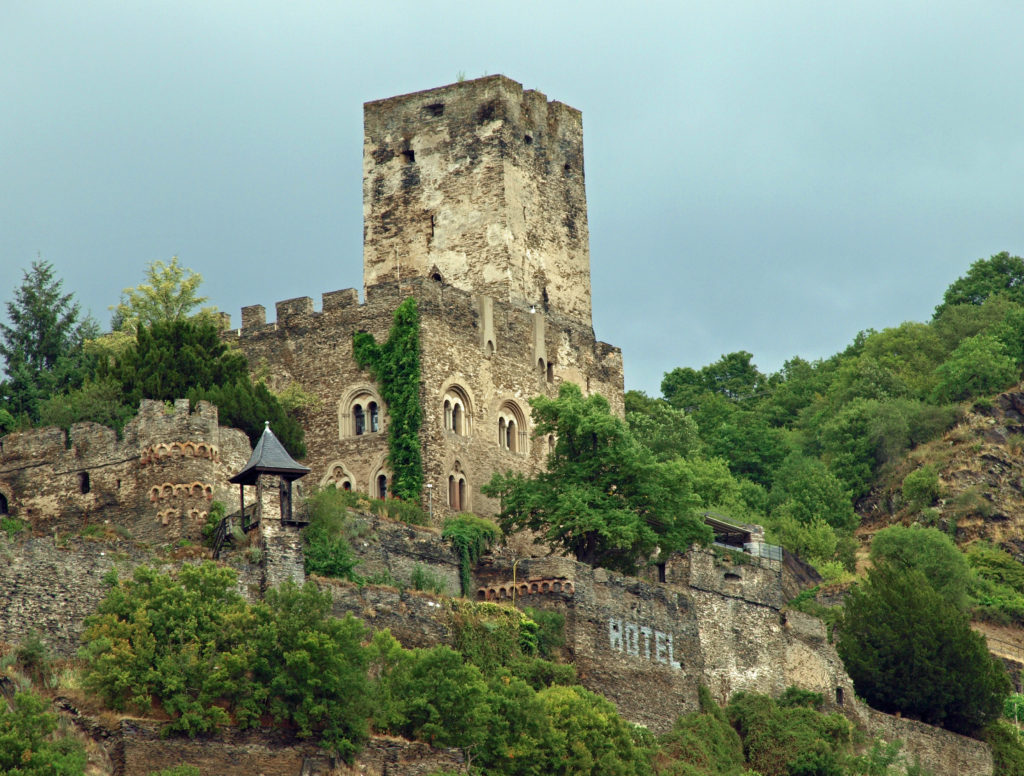
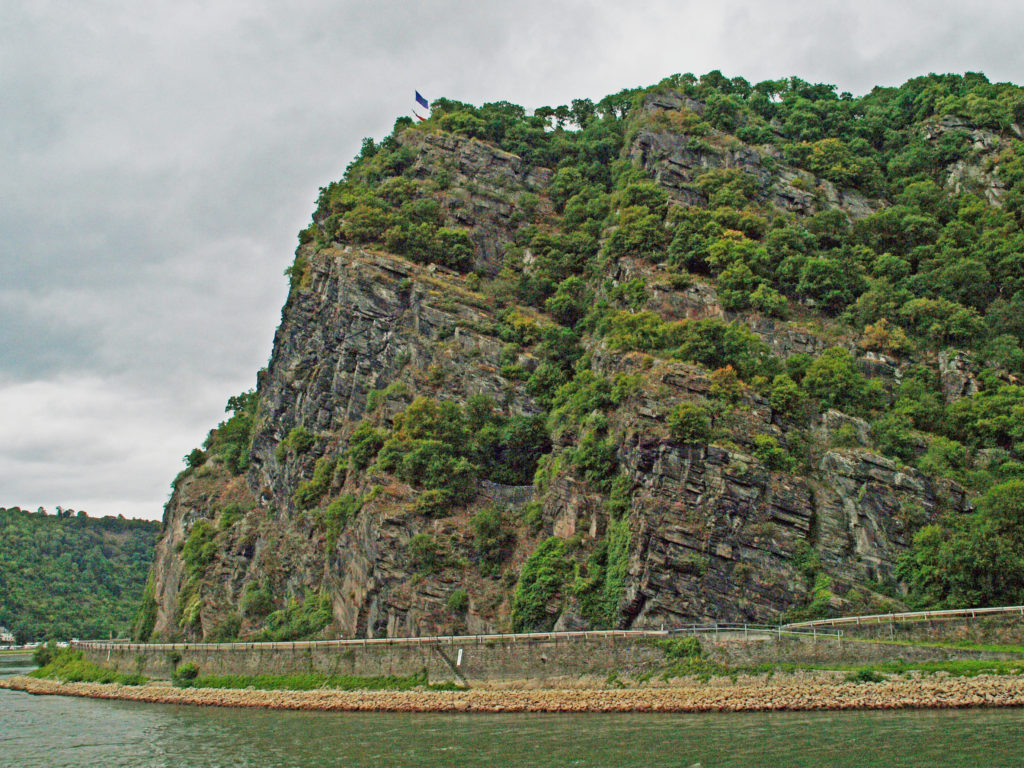
The cruise ships travel this section of the river during the day both because it is the most scenic part of the river and because it is difficult to navigate in places. The famous Lorelei Rock is on this section of the river.
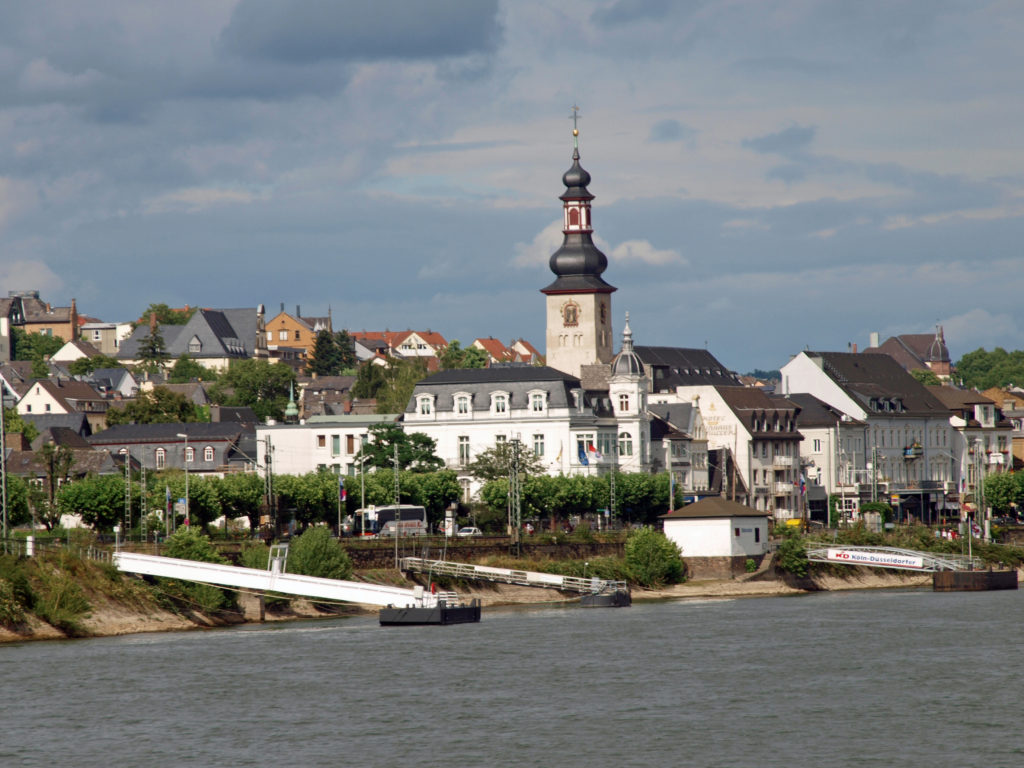
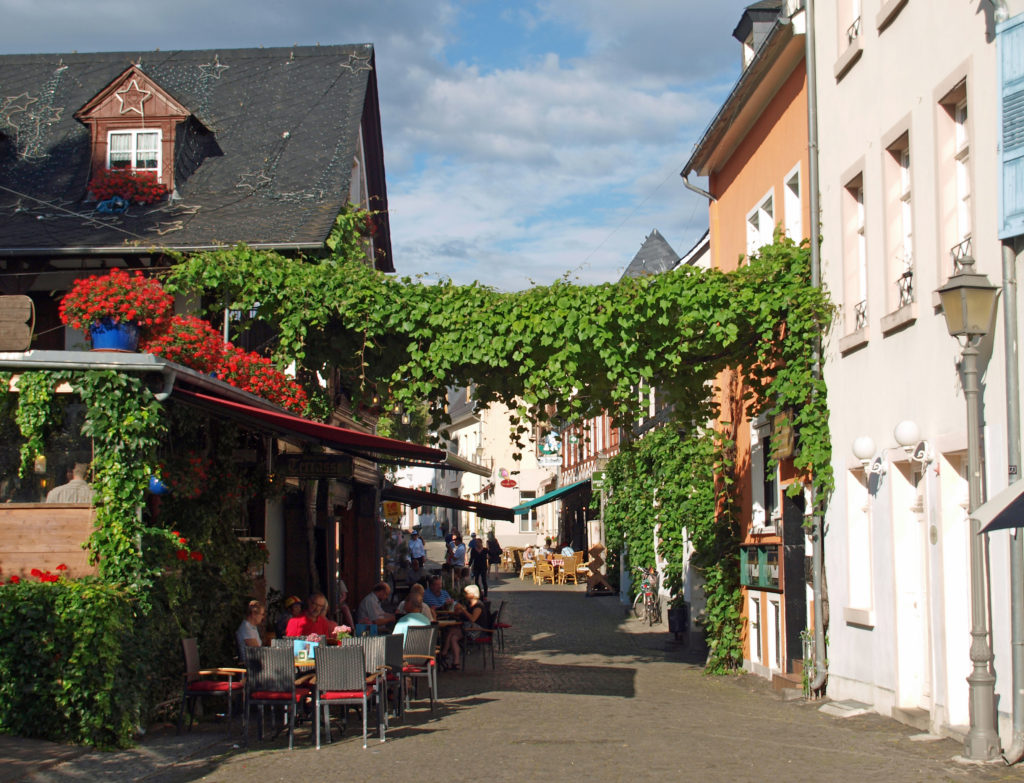
Late that afternoon we docked in Rudesheim and spent the evening exploring on our own. Rudesheim is a small, picturesque town, like many that we passed earlier in the day. It was a pleasant end to a very nice day. By this point I was fully onboard with the idea of doing more river cruising in the future. Maybe the Danube next time, perhaps.
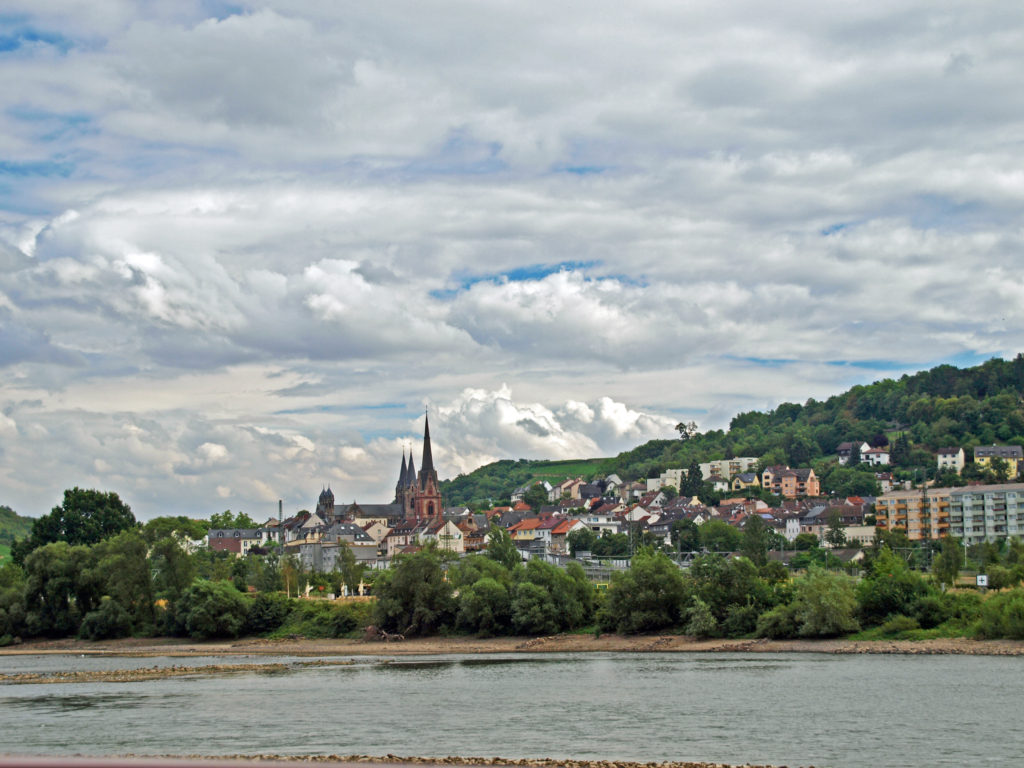
Our cruise continued with stops in Heidelberg, then Strasbourg and Colmar, France, and a tour of Freiberg, Germany before disembarking in Basel, Switzerland. Look for future posts on the remainder of our trip.
Posted by Alan K. Lee, 3/21/19
All photos by the author

